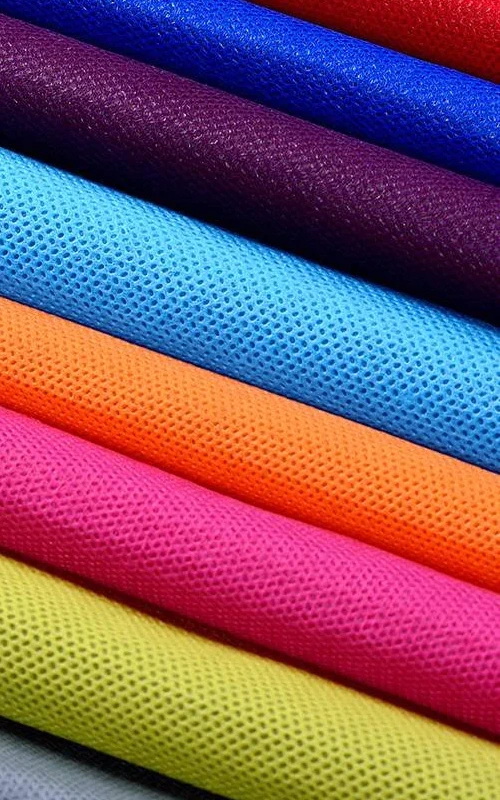Transport properties and permeability of textile materials Editorial
Main Article Content
Abstract
Heat and mass transfer through textile fabrics play a crucial role in achieving optimal thermal comfort perception by a person. The governing properties of textile fabrics by which they influence heat and mass transfer from the human skin to the environment are thermal transport capacity, water vapor permeability, and air permeability. The transfer of liquid moisture through textiles is important for thermal comfort during frequent changes in physical activity or climate. Despite numerous studies on the transport properties of textile materials over the past years, investigation in this subject area is still needed. This special issue includes five articles that offer valuable information on the subject. Both commercial and specially designed textile structures were investigated within the presented studies with the ambitious goal of providing a new understanding of their transport properties. Within the first four papers presented, certain aspects of heat and mass transfer through textile materials were analyzed at the three scale levels: microscopic (fiber type), mesoscopic (yarn geometry and fineness), and macroscopic (fabric porosity) levels. The fifth article dealt with the influence of the seam type and the sewing thread fineness on the transport properties of the seamed structure.
Article Details
Issue
Section

This work is licensed under a Creative Commons Attribution-NonCommercial-NoDerivatives 4.0 International License.
Authors who publish with this journal agree to the following terms:
Authors retain copyright and grant the journal right of first publication with the work simultaneously licensed under a Creative Commons Attribution License that allows others to share the work with an acknowledgement of the work's authorship and initial publication in this journal.
Authors grant to the Publisher the following rights to the manuscript, including any supplemental material, and any parts, extracts or elements thereof:
- the right to reproduce and distribute the Manuscript in printed form, including print-on-demand;
- the right to produce prepublications, reprints, and special editions of the Manuscript;
- the right to translate the Manuscript into other languages;
- the right to reproduce the Manuscript using photomechanical or similar means including, but not limited to photocopy, and the right to distribute these reproductions;
- the right to reproduce and distribute the Manuscript electronically or optically on any and all data carriers or storage media – especially in machine readable/digitalized form on data carriers such as hard drive, CD-Rom, DVD, Blu-ray Disc (BD), Mini-Disk, data tape – and the right to reproduce and distribute the Article via these data carriers;
- the right to store the Manuscript in databases, including online databases, and the right of transmission of the Manuscript in all technical systems and modes;
- the right to make the Manuscript available to the public or to closed user groups on individual demand, for use on monitors or other readers (including e-books), and in printable form for the user, either via the internet, other online services, or via internal or external networks.
How to Cite
References
Slater K. Human comfort. Springfield, IL, USA: Charles C. Thomas; 1985. ISBN 978-0398051280
Tasić P, Trajković D, Geršak J. Influence of structural and constructional parameters of knitted fabrics on the thermal properties of men’s socks. Hem Ind. 2023; 77(3): 191-190. https://doi.org/10.2298/HEMIND220724004T
Kostajnšek K, Bizjak M. Estimation of permeability properties of technologically developed jacquard fabrics. Hem Ind. 2023; 77(3): 191-202. https://doi.org/10.2298/HEMIND221017008K
Wehner JA, Miller B, Rebenfeld L. Moisture induced changes in fabric structure as evidenced by air permeability. Text Res J. 1988; 58(10): 581-592. https://doi.org/10.1177/004051758805801005
Tomovska E, Hes L, Zafirova K. Water vapour permeability of nylon pantyhose. Hem Ind. 2023; 77(3): 203-210. https://doi.org/10.2298/HEMIND230103019T
Novaković M, Milanović J, Grujić S, Stanković S. Liquid transfer properties of textile fabrics as a function of moisture content. Hem Ind. 2020; 74(2): 119-132. https://doi.org/10.2298/HEMIND190925008N
Petrov A, Čubrić G, Salopek Čubrić I. Transfer of liquid and water vapour through knitted materials. Hem Ind. 2023; 77(3): 211-221. https://doi.org/10.2298/HEMIND221021012P
Ho CP, Fan J, Newton E, Au R. Improving thermal comfort in apparel. In: Song G, ed. Improving comfort in clothing. Cambridge, UK: Woodhead Publishing Ltd., 2011: 165-181. https://doi.org/10.1533/9780857090645.2.165
Maanvizhi M, Prakash C, Ramesh Babu V. Study on thermal comfort behaviour of seams made of micro-denier polyester sewing thread for high active sportswear. Hem Ind. 2023; 77(3): 223-230. https://doi.org/10.2298/HEMIND220517006M





